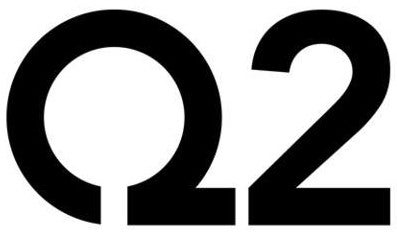
Commercial banking in Europe is ready for a rebound after stagnating for the best part of two years, according to a new report from Q2.
The State of Commercial Banking: A European View states this is because inflationary pressures are likely to fuel additional loan demand as companies look to keep pace with a growing economy and lock in financing before rates rise. Indeed, European Central Bank President Christine Lagarde has stated that rate rises will likely come not this year but in 2022 or 2023.
This is good news for commercial banks, which have suffered through the pandemic, according to the report. European banks tied down by archaic systems, red tape, paperwork, and an overreliance on in-person banking (particularly those with a focus on retail) have struggled for profitability in a competitive market.
For Ian Nelson, Managing Director at Q2, 2022 and beyond is going to be more of the same.
“The European banking market is reasonably fragmented. We have tier one banks that take up a significant percentage of the market. They have come under pressure in the last two or three years due to the rise of neobanks and alternative finance providers, which are coming in and nibbling at their markets. But this is a very fragmented pressure. For me, neobanks have hit an upper limit. They’ve never moved on from niche player to a broad-spectrum provider of facilities.”
The credit outlook looks good
While credit appears to be improving at commercial banks in Europe, with many pundits predicting a more robust economy, the report says it is widely expected that there will be an increase in the number of defaults as government support continues to dry up before it disappears altogether. Actual defaults have not materialised at the rate expected.
One major challenge will be the European energy crisis causing a wave of defaults across the continent and the knock-on effect on commercial banks that have previously backed energy providers, the report states, and yet many banks remain particularly interested in sustainable energy sources. The challenge they face is that without much historical data there’s little to go on and the risks can be high.
The report says it is likely we will see this impact on loan pricing and credit assessment.
Banking transformation increases
Also highlighted by the report is that commercial banks have spent much of the past two years committing to digital transformation, making rapid advancements in cloud technology, AI, and machine learning. While this is undoubtedly a success, a common problem is that the structures that surround these new digital technologies, particularly people and governance, have not evolved at the same rate.
“European banks have done a reasonably good job of digital transformation on the front end, particularly in the consumer space,” Ian says. “Today it’s easy to get a credit card or a loan in minutes online where a decade ago it was impossible. We’re seeing that coming into the commercial banking market, especially the SMB and SME market. The pandemic has led some of the bigger banks to rethink how they can use technology to get facilities approved more quickly. The push in the market going forward will be, ‘how do
I get from the first point of contact to decision?’. We’ve seen our clients reduce that time by 80% using Q2’s solution.”
Ian says two other themes are driving digital transformation moving forward.
The first is that many pandemic challenges for consumers and banks are likely to continue for the next one to two years. This means commercial banks will need to tweak their approach to credit. AI may hold the key. Open Banking will allow commercial banks to look at people’s cash flow rather than just income levels and this will help commercial banks better assess credit.
The other is the platformification of finance. Whether used by alternative finance, commercial banks, or neobanks, Ian says platforms will allow finance providers to scale, be agile, to connect with one another, to link and connect with other systems, to make better decisions, and down the line, potentially acquire and consolidate. He says the future of commercial banking is bright.
The report concludes by suggesting that the erosion of net interest margins (NIM) that accompanied the pandemic-era rate cuts has been exacerbated by spread compression, with margins trending lower due to competition. The projected interest rate rises due to inflationary pressures should give banks more room for profitability.
To read the full report, click the link above.



